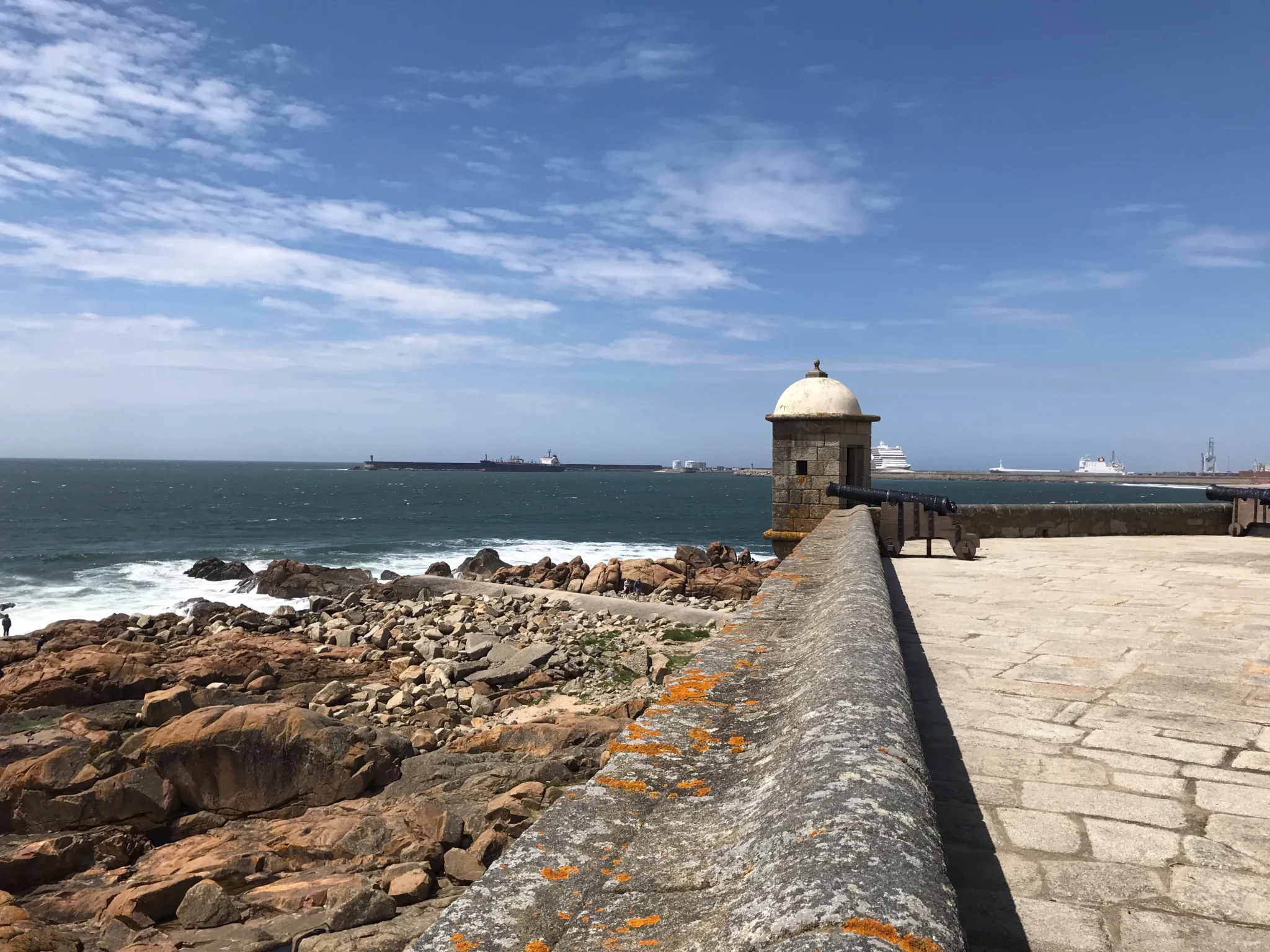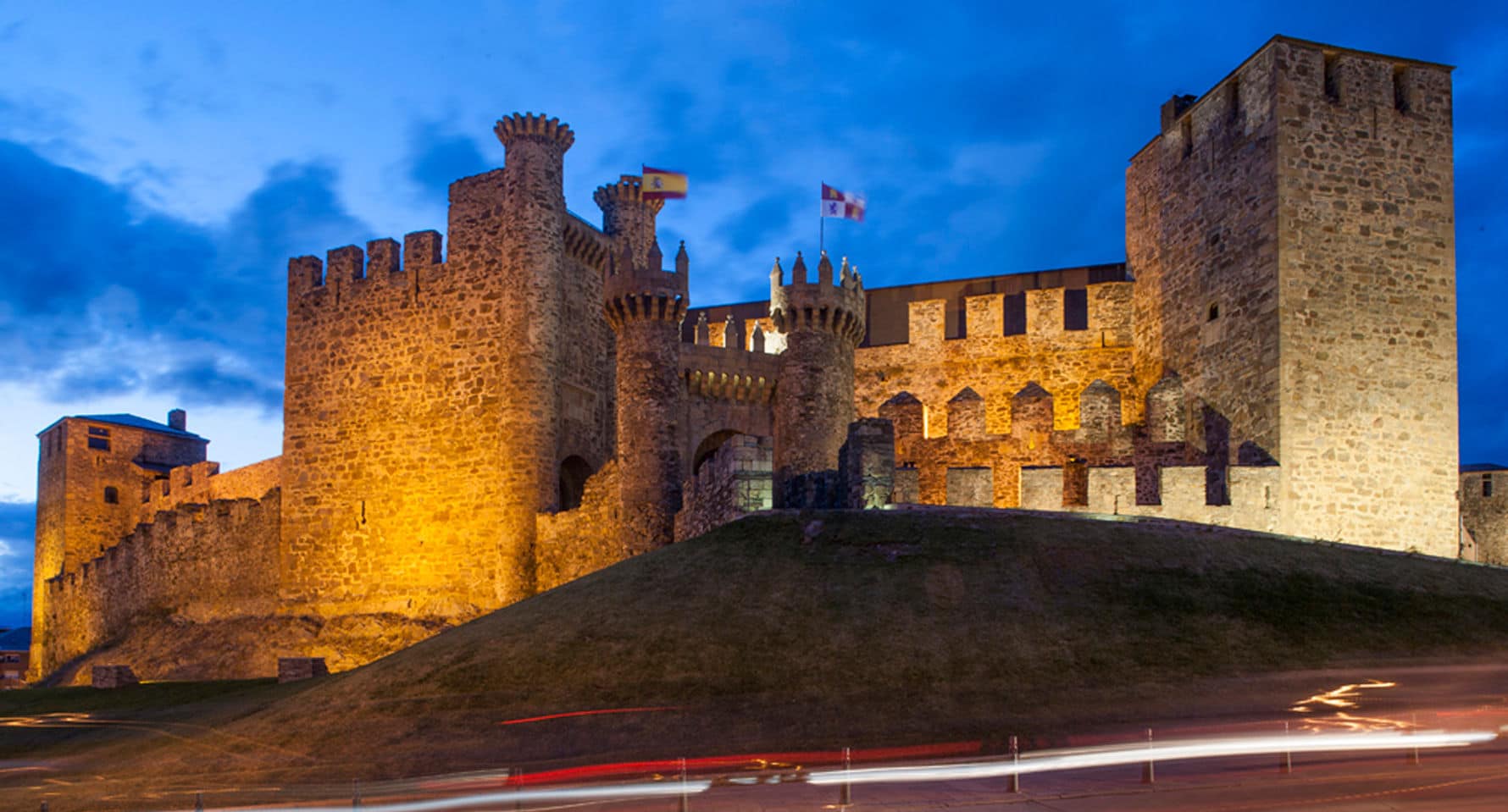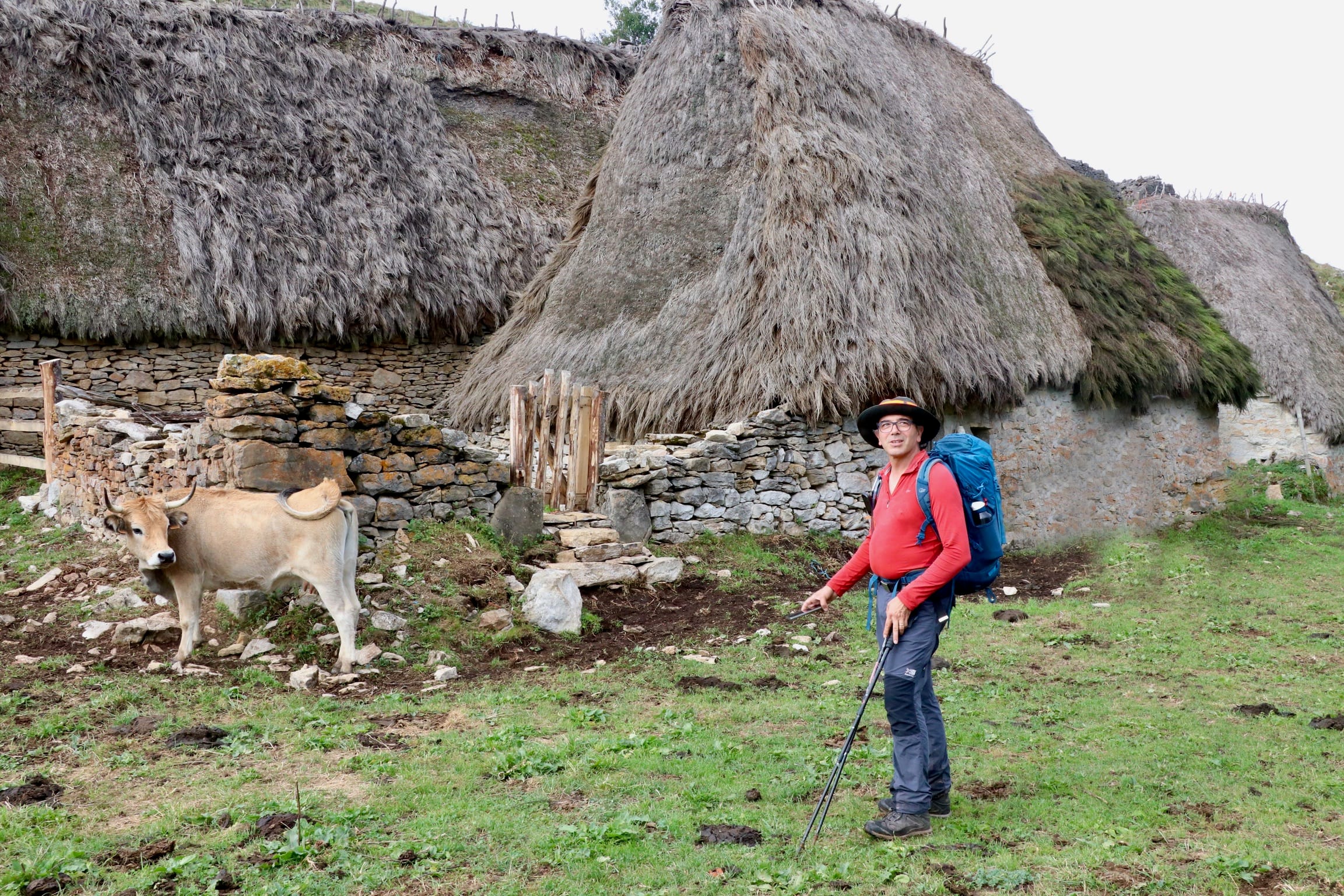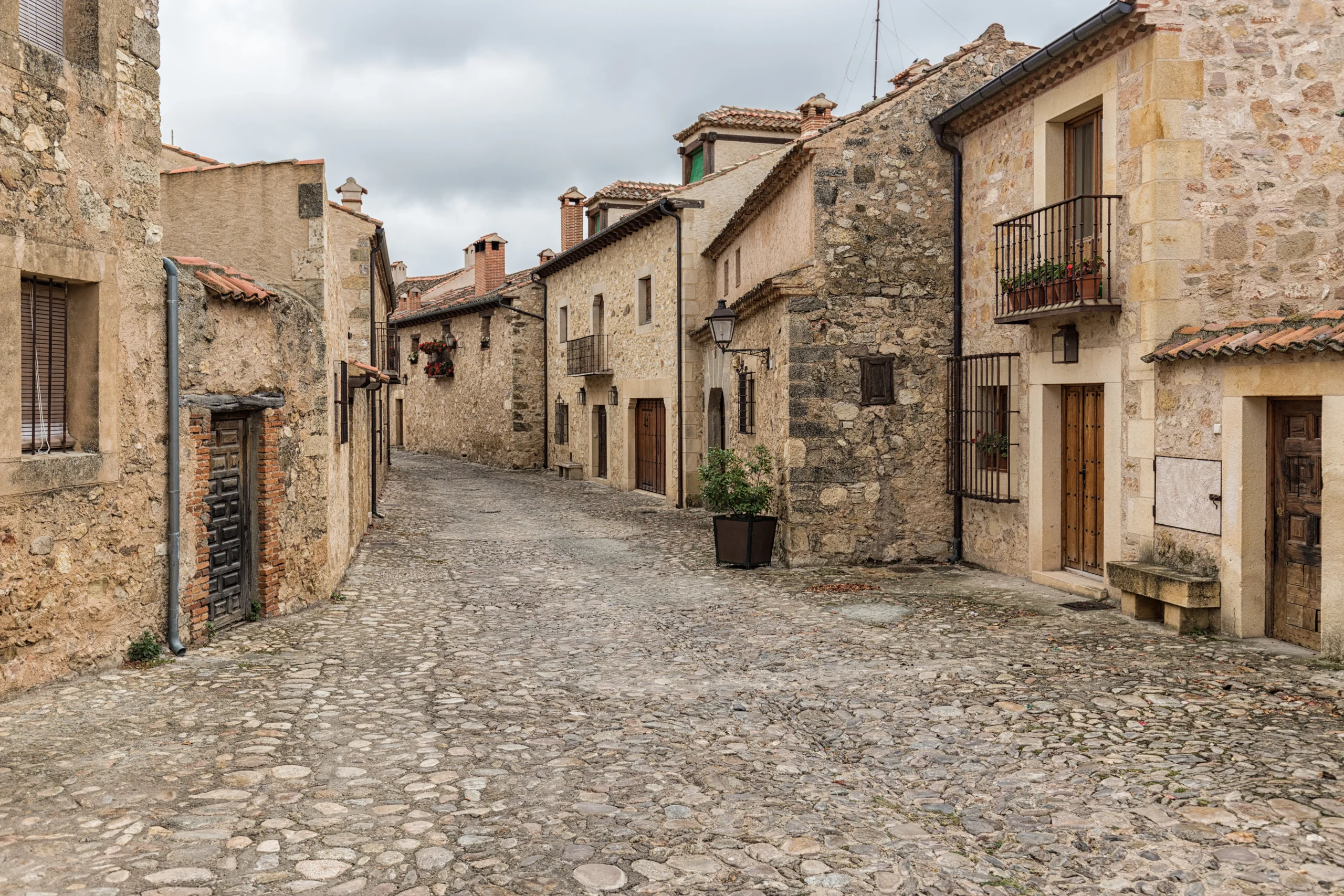This is a different Camino: here you will not find endless plateaus, challenging heights or steep slopes like on the French route. The Portuguese Way of Saint James is a gentle and humane route, winding its way through forests, ancient stone crosses and villages that still whisper the songs of the old troubadours and the cantigas de amigo, love songs and curses of Martín Codax or Mendiño. It is an itinerary that invites you to walk without haste, to savour the landscape and to collect stamps… and memories.
A story that comes back to life
In the 20th century, the route experienced a certain stagnation with the rise of the sanctuary of Fátima, which attracted the attention of many devotees. But the Jacobean spirit was never lost: devotion to the Apostle soon resurfaced, and with it the international positioning of the Portuguese Way, now chosen by pilgrims from all over the world who seek authenticity and good logistics.
Two roads that embrace each other
The route offers two complementary detours:
Portuguese Way along the coast: from Porto, it skirts the Atlantic, enters Galicia via A Guarda and passes through Baiona and Vigo before joining up with the Portuguese Way in Redondela. Wooden walkways, sea breezes and sunsets make this itinerary a delight for the senses.
Portuguese Way (inland variant): crosses into Galicia via Tui, the most popular option. It passes through O Porriño, Redondela, Pontevedra, Caldas de Reis and Padrón before reaching Santiago for the embrace of the Apostle.
Both alternatives share a gentle route along magical trails that cross forests, manor houses and fortresses, crossing rivers on medieval bridges. The signage is clear, especially in Galicia, and the network of accommodation—both public and private—is growing year by year, with a high density from Porto onwards. It is not overcrowded (except during the summer peaks), boasts great natural beauty and also allows you to walk through two countries in the same trip: compelling reasons to choose the Portuguese route to Santiago.
The Spiritual Variation: From the Way to the Sea
Upon arriving in Pontevedra, many pilgrims take a detour along the Spiritual Variant, which connects with the Traslatio Route, the route that, according to tradition, the remains of the Apostle followed. There are three stages: Armenteira, Vilanova de Arousa and the boat trip up the estuary and the River Ulla to Pontecesures, guided by 17 stone crosses in a unique maritime-fluvial Way of the Cross, before the final stretch to Compostela. A different experience that adds mysticism and beauty to the pilgrimage.









